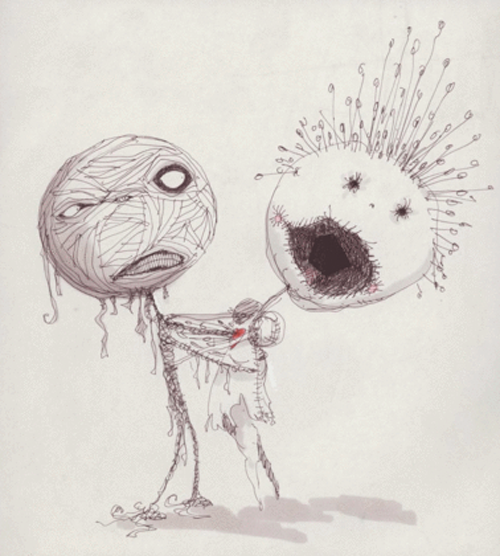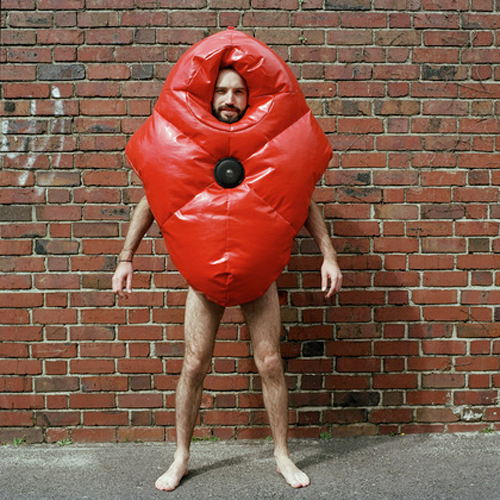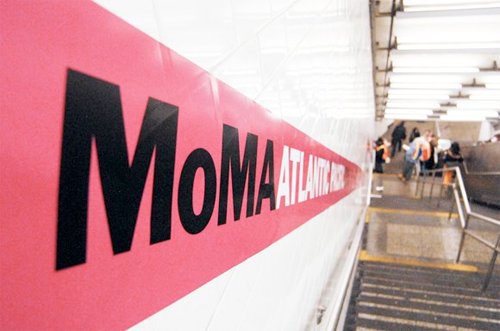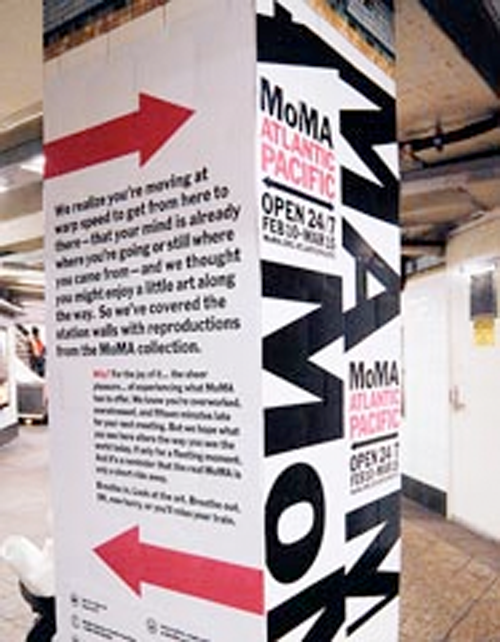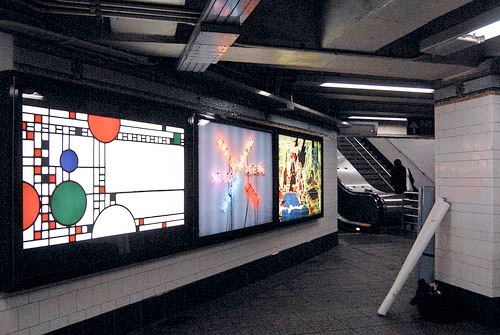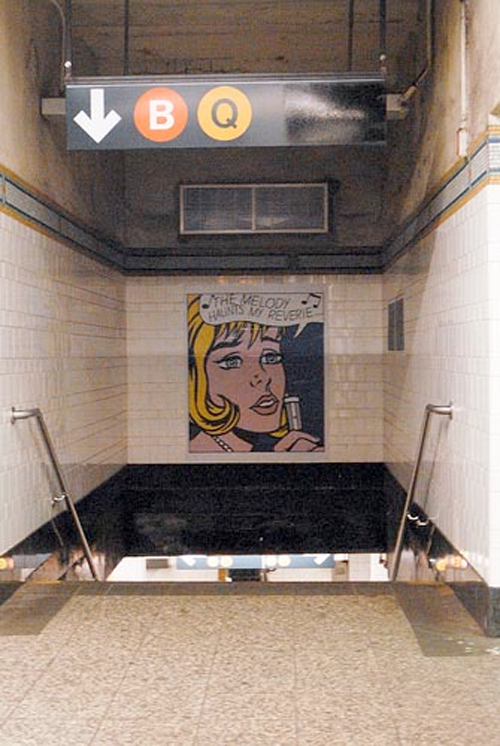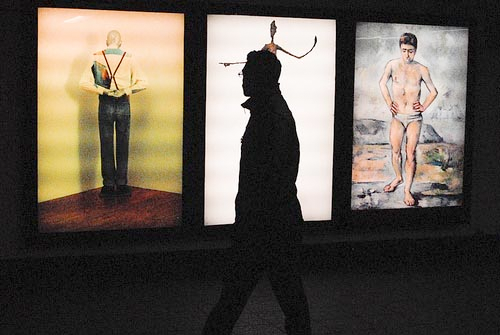Century of the child: growing by design 1900–2000.
ladislav sutnar. prototype for build the town building blocks. 1940–43. painted wood, large block: 1 3/4 x 2 3/4 x 2 3/4″ (4.4 x 7 x 7 cm) | click > enlarge
Curated by Juliet Kinchin, curator, and Aidan O’Connor, curatorial assistant in the Department of Architecture and Design is MoMA’s survey of 20th century design for children. It takes on “the modernist preoccupation with children and childhood as a paradigm for progressive design thinking.” —and much more. It is built on the ideas of Swedish design and social theorist Ellen Key. It is also overwhelming.
 avante-garde playtime: 1910s > 30s
avante-garde playtime: 1910s > 30s
It encompasses 500 objects, from Froebel blocks to playground plans by Isamu Noguchi to Roald Dahl books. The show might arguably be a better book or film documentary, since the scale of objects varies so much and so much explanation is needed. It seems to carry a heavy central European flavor; Kindergarten, of course was a German word and thinking about childhood psychology was tied to Vienna.
Where is Asia? Where, for that matter, is America? A tighter focus might have been on say toys–where education and entertainment play out their antithesis and offer a way into the wider topic. The whole idea of “fun”– a modern idea, associated with the child, seems absent here. Fun, as a philosophical concept. Fun, as a consumerist value.
Despite the size of the show, wandering through it reminds the viewer of what is left out. One of the key roles of the child in design is as a base case for the psychology of learning and interface—the labs of Seymour Papert led to Graphic User Interface. And American and global commercialism is de emphasized. The brute marketing force of Disney and Mattel and Kellogg’s is critical to this story. Where is the My First Sony line of electronics, for instance?
As early as Giacomo Balla and the Futurists, designers understood that grown ups would want kid’s stuff. We adults want the children’s toys—and their bright colors and basic shapes. Or did we assign those things to children to begin with because we secretly wanted them ourselves? [ century of the child ] [ moma ]
2 > power play: 1960s > 90s
3 > designier better worlds: 1960s > 2000
4 > graf zeppelin toy dirigible, c. 1930
iron alloy, aluminum, enamel paint, and decals | 7 ¼” x 25″ (18.4 x 63.5 cm) | manufacture attributed to J.C. penney co., inc., plano, texas | minneapolis institute of arts
the modernism collection, gift of norwest bank minnesota
5 > three figures, c. 1925 | joaquín torres-garcía (uruguayan, 1874–1949)
painted wood, twelve interchangeable pieces | daniela chappard foundation
© 2012 artists rights society (ARS), new york / vegap, spain
6 > school desk, 1946 | jean prouvé (french, 1901–1984)
enameled steel and oak 28 1/2 x 45 x 34″ (72.4 x 114.3 x 86.4 cm) | manufactured by ateliers jean prouvé, nancy | the museum of modern art, new york | dorothy cullman purchase fund
7 > omnibot 2000 remote-controlled robot, c. 1985
24″ x 15″ x 14″ (61 x 38.1 x 35.6 cm) | manufactured by tomy (formerly tomiyama), katsushika, tokyo | space age museum/kleeman family collection, litchfield, connecticut
8 > indoor play area, 1985 | renate müller (german, born 1945)
jute, leather, wood, play area: 3 x 8 x 5″ (7.6 x 20.3 x 12.7 cm) | largest puppet: 12″ (30.5 cm) | collection of zesty meyers and evan snyderman / R 20th century
9 > holdrakèta and original box, c. 1960
tin, box: 24″ x 6″ (61 x 15.2 cm) | manufactured by lemezaru gyar, budapest (est. 1950) | collection of joan wadleigh curran, philadelphia
10 > ford convertible toy car with original box, c. 1956
ford car: 3 7/8″ x 5 1/8″ x 13 1/4″ (9.8 x 13 x 33.7 cm), manufactured by marusan shoten ltd., tokyo | subaru 360 toy car with original box, c. 1963 | subaru car: 3 3/8 x 3 3/8 x 7 7/8″ (8.6 x 8.6 x 20 cm), manufactured by bandai, tokyo (est. 1950), bruce sterling collection, new york
11 > schaukelwagon (rocking car), 1950 | hans brockhage (german, 1925–2009) and erwin andrä (german)
15 3/4 x 39 3/8 x 14 15/16″ (40 x 100 x 38 cm) | beech frame and birch plywood seat
<a href=" about phil patton
about phil patton







